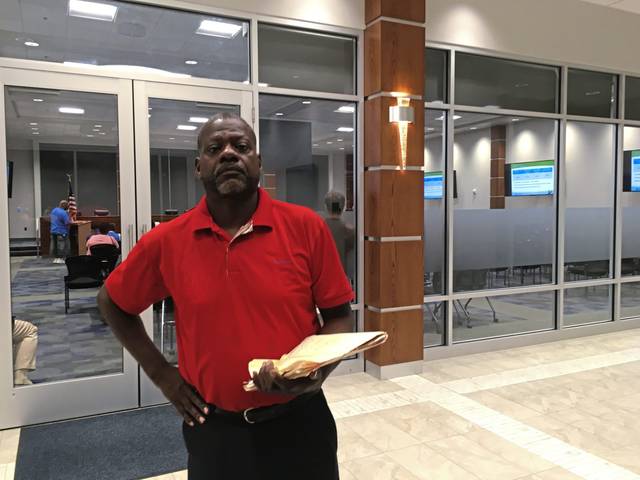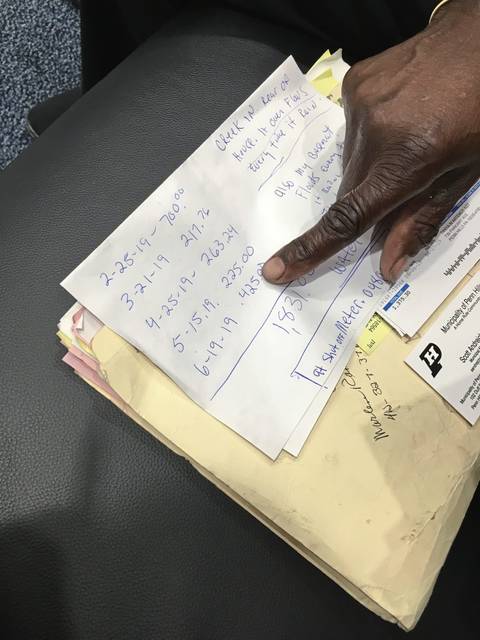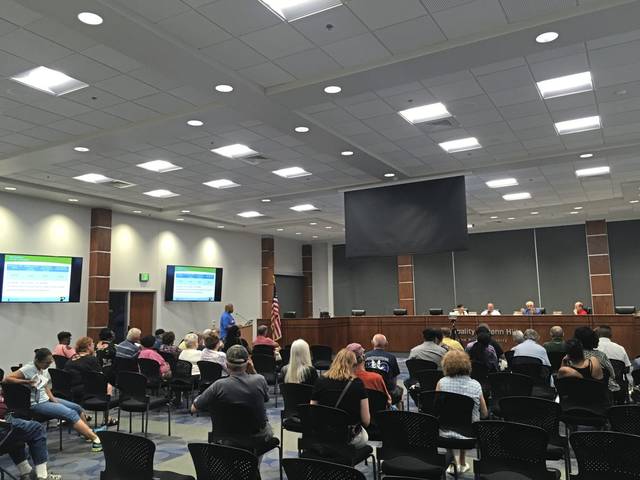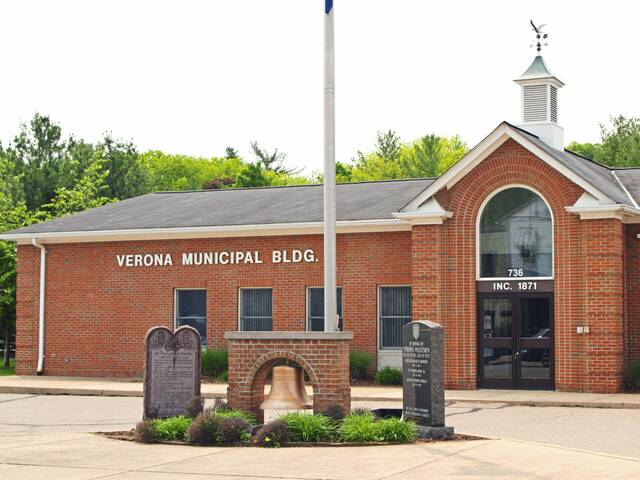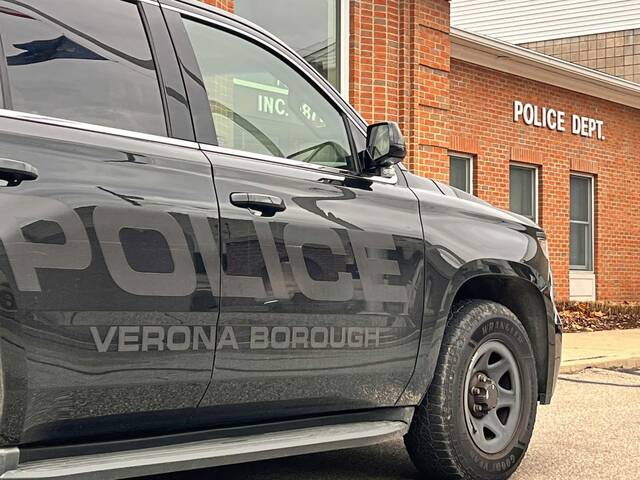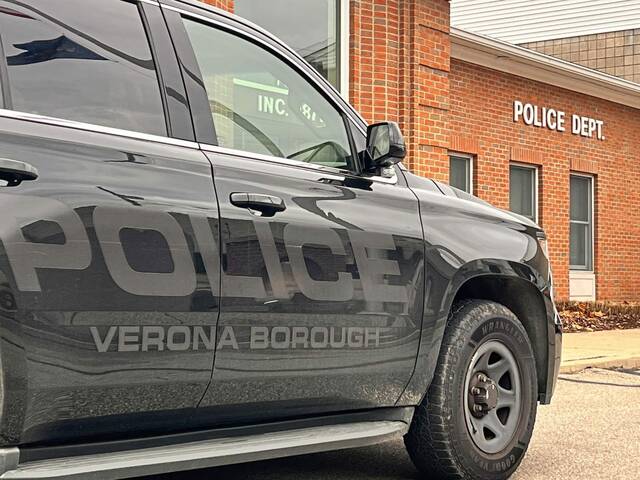How and why are Penn Hills residents’ water and sewage bills surging?
That has been the question on many residents’ minds for a while and Penn Hills administration attempted to answer it at a town hall meeting that lasted more than two hours the evening of July 8.
Around 100 residents packed council chambers as Rick Minsterman, a project engineer with Gateway Engineers, and Tom O’Grady, the municipality’s director of Water Pollution Control Department, presented the system’s history and explained how it works.
According to Minsterman’s presentation, Penn Hills incurred $90 million of debt when the federal Department of Justice issued a consent decree to fix the municipality’s crumbling sewage system that led to sewage overflows into rivers and streams.
The federal consent decree was terminated in 2008, Minsterman said, but in the same year joined a county-wide consent order from the state Department of Environmental Protection.
That order included completing tasks such as fixing, inspecting and mapping the sewer lines. Minsterman said the consent order ended in 2016.
When the order ended, the DEP required Penn Hills to conduct a study to find out how much rainwater was leaking into the sewage system. Minsterman said that report was submitted, which ended the DEP’s study requirement in June 2018.
“When it terminated in June of last year, there hasn’t been an order (from the DEP),” Minsterman said. But, he advised, the sewage system still has significant cost to maintain and operate.
The system – plainly put – is old.
O’Grady said the 245 miles of sewage pipes, made of terracotta clay, were installed in the 1940s and 50s, when the municipality’s population was less than its peak of around 63,000 in the 1970s. Today, the population sits around 41,000, according to estimates from the U.S. Census Bureau.
Other infrastructure includes 12 pump stations, seven equalization stations, two sewage treatment plants, 13 emergency power generators, 7,172 manholes and 65 storage tanks.
Another order from the DEP is imminent, Minsterman warned, which will inevitably come at a cost to the municipality.
In the meantime, Penn Hills is still paying for the $90 million debt from the late 1990s. Officials have said the municipality has paid off around $36 million and that it won’t be totally paid off until 2034. The debt, and ongoing repairs to the system, translates to climbing sewage bills.
The residential sewage rate is fixed at $19.37 per 1,000 gallons used – which includes fees from the Allegheny County Sanitary Authority, where 74% of the municipality’s sewage is treated. The rate also includes a debt payment and a payment to Penn Hills’ WPCD repairs and maintenance.
Customers pay an additional $25 quarterly service fee to Penn Hills that contributes to WPCD’s fund balance, which pays for future and ongoing improvements to the sewage system.
The explanation and breakdown of sewage rates did not quite answer Adrian Artemus’ bewilderment, however.
“How in the world can I pay $1,831 in five months? Can somebody please tell me that?” Artemus said, holding up his water and sewage bills.
Artemus, 56, said his house on Parkway Avenue has one full bathroom, with a toilet and a sink in the basement – neither of which were found to be leaky. He said he lives there with his wife and two children.
“I don’t have a swimming pool in my backyard – I got a dirty, muddy pool when it rains. We don’t wash the cars, we go to the car wash and we also buy our drinking water,” Artemus said.
Others in the audience attested to paying higher sewage and water bills, which are lumped into one bill in Penn Hills.
“I won’t complain about my $75 to $80 a month bill … but I do know that it has tripled in cost from what it was before. That’s a huge increase. We’re not getting services in comparison to the increase and that’s not inflation,” said Lydia Lockhart, a Penn Hills resident.
Council members John Petrucci, Mark Brodnicki and Catherine Sapp – along with Manager Scott Andrejchak – attended the town hall meeting.
Sapp said the meeting would be the first of many held on various topics.
Andrejchak said a copy of Minsterman’s presentation and other printed material for the meeting would be available on pennhills.org. He also said copies could be printed at the municipal center if residents do not have access to a computer.


